I always loved traveling to Colombia. Even when it was not advised to do so. The incredible lands. The warm and inviting people. And the wonderful cities.
Colombia is a fantastic country to explore and one of 17 megadiverse countries in the World. It’s the only country in South America that has a coast in both the Pacific Ocean and the Caribbean.
Lying just south of Panama and being roughly the same size as France, Colombia is a country that has something worth exploring in every corner you look.
The place is large and much like other countries in the area the pre-Columbian history goes back for thousands of years and is rich in tradition, culture, and mythology. Colombia was named after the famed explorer Christopher Columbus but opted to name him after the Italian version of his name Cristoforo Colombo.
Although he never actually set foot in Colombia, he did land in Panama on his fourth voyage which was a part of Colombia until 1903.
Tourism in Colombia has been steadily on the rise and continues to do so before the pandemic. The country is home to one of the most biodiverse places on the planet. For a country that isn’t huge almost every type of climate is represented here. You might need a light jacket while hanging out in Bogota but drive an hour south and you’ll be sweating and wanting to jump in a pool. Or head to the Andes and the high altitudes or the deserts on the low lands. Colombia has beaches but also mountains. It has cities but also deserts, and it has jungles but also rain. The country is unique and exploding with amazing things to see so check out some of the coolest spots around Colombia.
Discover the Lost City
Known as the “Ciudad Perdida”, the lost city has become a pretty interesting tourist destination. Located in the Sierra Nevada mountain ranges lies the abandoned ruins of the lost city. Many people are familiar with Machu Picchu but the archaeologists estimate the Ciudad Perdida to pre-date Machu Picchu but at least 800 years. By ancient standards, the city was huge with experts again estimating that the city likely had 2,000 to 8,000 inhabitants living nearly a mile above sea level. The lost city was likely the seat of power for the Tairona civilization and was probably abandoned in the 16th century with the arrival of the Spanish conquistadors.
When the site was “discovered” in the 1970s, the local native tribes that still inhabit the area asserted that they knew about it all along though simply kept it a secret. The Ciudad Perdida was one of the most important archaeological discoveries of the 20th century and getting there is not for the faint of heart as it requires a 27-mile trek through the mountains in a relatively inhospitable climate.
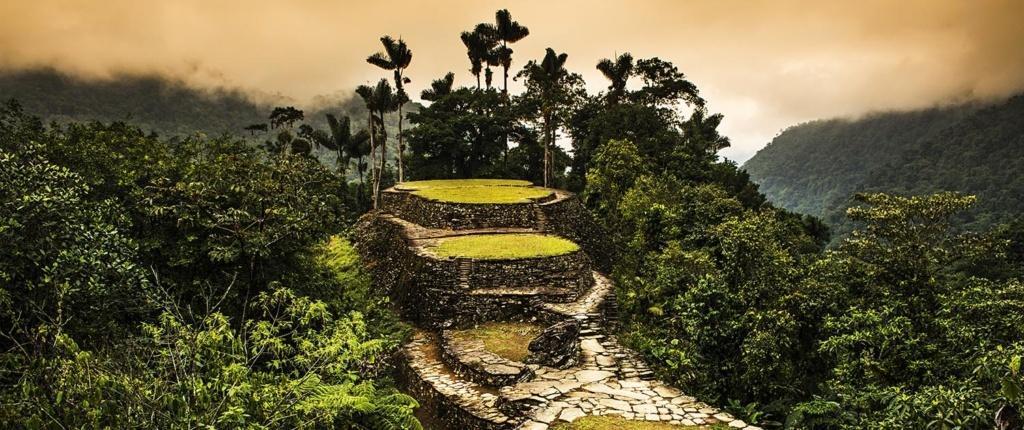
Over 650 years older than Machu Picchu, Ciudad Perdida wasn’t re-discovered until 1972.
Explore Cartagena
Known as the Crown Jewel of Colombia, the city of Cartagena is one of the best spots in the country for relaxation. If you’re looking for nice hotels, a thriving tourist culture, and colonial-era history Cartagena is the spot for you. The city is one of the best kept colonial cities in the Americas and sitting on the Caribbean coast means that beach culture and sunny afternoons is what you’ll find. The city itself is a UNESCO World Heritage Site and while it is a little more pricey than other Colombian cities, it is worth it to check out some things the city has to offer.
See the Walled City: In the 16th century when Spanish colonists were building the city they erected a wall as a means of protecting the residents from the French, British, and pirates. Nestled amongst the 16th-century Spanish colonial architecture, the wall still stands and is complemented by forts around it. Guests can walk along the wall and check it out and it is one of the city’s tourist highlights.
Check out the beaches: Some of the best beaches in the country are here. Playa Blanca (White Beach) is one of the most popular ones and is pretty busy with locals and tourists getting some sun and fun. If you’re looking for more adventure try hopping on a boat to the nearby Isla Grande or Isla Mucura just off the coast. It’s a lot more secluded and has fewer people but offers the same amount of beautiful tropical landscapes.
Witness History at the Palace of the Inquisition: Located in the Parque De Simon Bolivar where locals lounge under the large palm trees enjoying lunch and some sunshine is one of the biggest examples of Spanish colonial architecture in the city. Built in 1770 the palatial mansion has a lush green courtyard, cast iron fence, and detailed tile work but this beautiful building hides a dark past. The Inquisition would carry out its gruesome work here until 1812. The place is now an open museum where guests can check out torture devices, dungeons, and execution grounds. One of the most beautiful spots in the city hides a grim past.
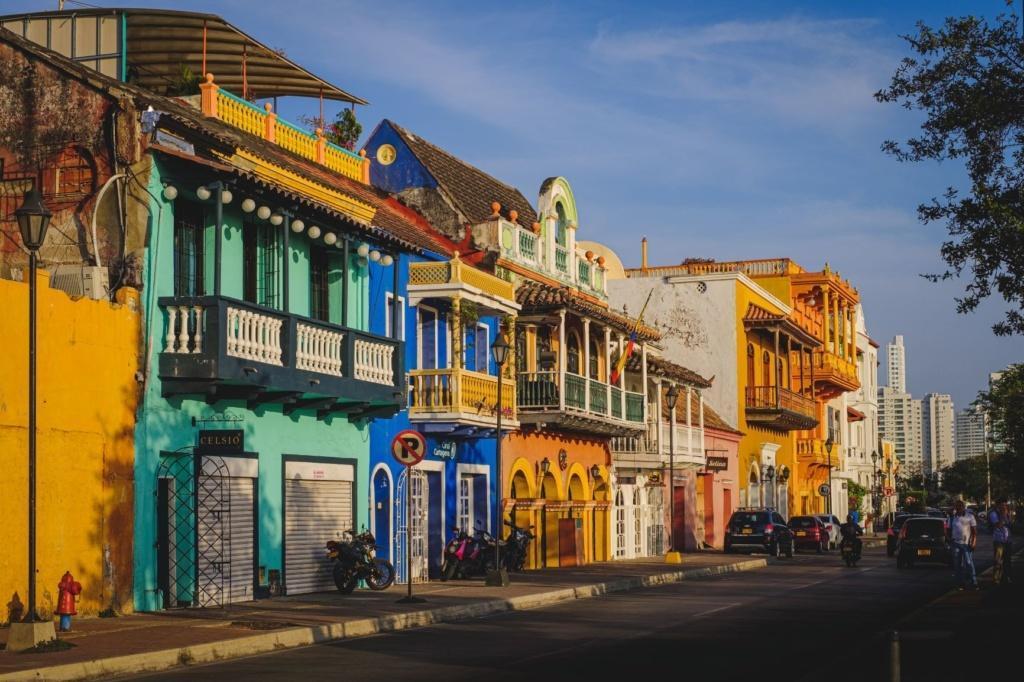
Cartagena is a special city along the coast. A great city to explore and relax.
See the Colorful Bogotá
If Cartagena is the sunny and tropical Colombian city, Bogotá is the antithesis to that. The city is chilly and rains often and being surrounded by pine forest you might feel like you’re somewhere else entirely. But that does not mean you should skip visiting the city. Bogotá is a modern city of contrast, there’s high skyscrapers, bohemian cafés, music culture, parks, and tons of energy. Centuries-old houses and buildings are still part of the colonial landscape along with cobblestone streets in the old part of the city.
See the Artwork of the city on a Graffiti tour: The street art in Colombia is thriving but it comes alive in Bogotá. The city’s youthful culture both offers an artsy inclination but if you’re short on money or simply looking for a way to get closer to the culture taking a walking tour of the local graffiti is a cool way to pass an afternoon. The legality of the art is a bit of a grey area but the art is often thought-provoking, politically charged, colorful, and simply beautiful. Learn about the culture of the city through its public art.
Enjoy the culinary scene: Bogotá has tons of restaurants, so much so that it might seem like there are more restaurants than people. And it’s for this reason that you need to explore the food scene of the city. Colombia is a world coffee capital so start your day off with a fair trade, freshly roasted cup of coffee. Grab a couple of arepas from a street vendor for lunch and head to the Zona Rosa to top it all off with an elegant multi-course meal. If grabbing some drinks is more your style there are numerous craft beers and modern cocktail bars in the city.
Learn about Gold: Known as one of South America’s most famous museums is the Museo de Oro. The Gold Museum contains more than 55,000 pieces of gold artifacts and pieces which are laid out in thematic rooms detailing the culture of gold from pre-Columbian peoples with descriptions in both Spanish and English. Explore how gold was used in ceremonies, how it was mined, and see statues of icons and animals all rendered in gold.
Head off the beaten path to the Cathedral of Salt: Colombia used to take its Catholicism seriously and in the town of Zipaquira just a few miles outside the city is the legendary Cathedral of Salt. Beginning in 1950 local salt miners and workers carved a cathedral out of the rock and salt from the active mine. The cathedral itself was consecrated in 1954 and is big enough to accommodate up to 10,000 people. In 1994 it was closed down because authorities didn’t trust the structural integrity of the place but that didn’t stop the locals because they just built a new salt church 200 below the original one. Around 3,000 worshippers come by every Sunday and arguably the most impressive part is the giant salt cross carved into the rock.
Visit the sprawling Medellín
While most people outside of the city associate Medellín with Pablo Escobar, you’d be a little rude to even bring him up. Most locals who remember that era are trying to move on from on and the modern Medellín is very different from what it was even 20 years ago. The city has turned itself around and now is one of the coolest cities in Colombia with a vibrant art scene, young creatives, and thriving food culture.
Hop on the Gondola for an insane view of the city: Medellín is a city with contrast. Up in the hills are the poorer areas and communas while below you’ll find the more developed and urban parts of the city. If you lived in the communas but worked in the city you’d have to commute 2.5 hours because the regular buses and metro couldn’t reach the hills. In an effort to improve the quality of life for these people the city built the gondola in 2004. As a tourist, it’s a great way to see the city from a marvelous point of view and a good way to see some barrios you might have missed otherwise.
See the animals at Hacienda Nápoles: This sprawling estate used to be one of the favorite homes of Pablo Escobar. Now it is practically an open-air zoo. Escobar bought exotic birds and animals and filled the estate with them and when he died all the animals were allowed to roam the grounds. The place is now a museum and zoo and while you can see some of Escobar’s things, Hacienda Nápoles’s real attraction is the hippos. A group of wild hippos live here totaling about 40 and are led by the alpha male of the pack named – you guessed it; Pablo.
Catch a Futbol Match: The majority of the country might be Catholic but soccer is the real religion. It’s the great unifier and whether you’re from a humble barrio or you’re a little more well-to-do, the one thing you can count on bringing Paisas together is soccer. There are two teams in Medellín. Atletico Nacional who are known for their green jerseys and Deportivo Independiente Medellín (DIM) who wear red. Even if you’re not a futbol fan just taking part in the atmosphere is something to behold.
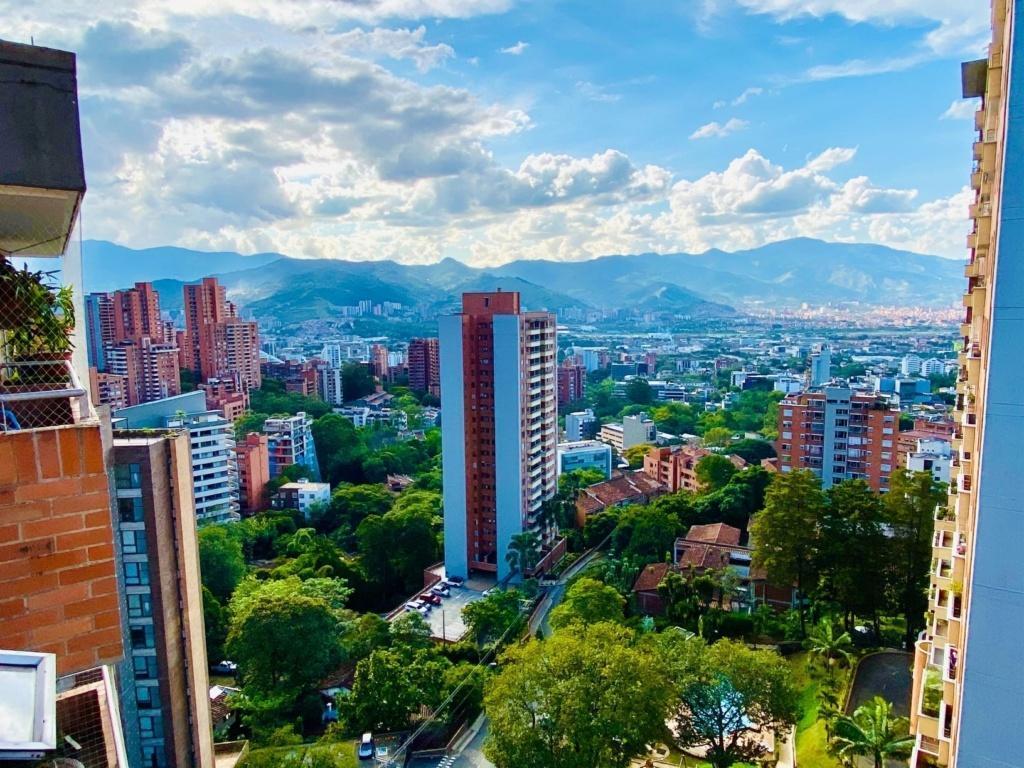
One of the coolest cities in South America, Medellin is a lot different from when I was going 20 years ago.
Learn about Coffee
If you have a can of coffee in your cupboard right now whether that’s Folgers, Nabob, Maxwell House, or other it probably came from Colombia. Colombian coffee is world-renowned and it is their biggest export. Most big cities will have amazing cafes with freshly roasted beans and tour companies offer tours of coffee farms where you can learn all about the bean-to-cup process. Coffee in Colombia is cheap, plentiful, and delicious.
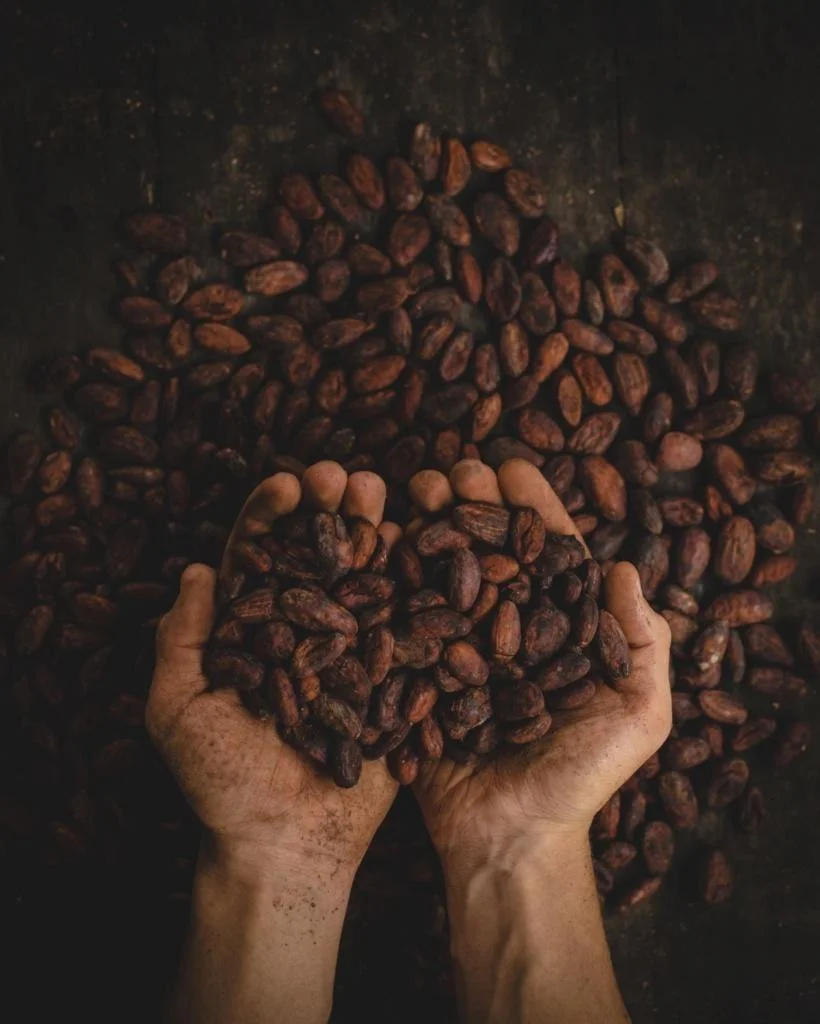
Take a coffee tour and have some of the best coffee in the world.
Our Final Word
Colombia is huge, diverse, and a place of contrast. From Andean mountains to the beaches, a country is truly a place that’s full of beauty and biodiversity that just going from one end to the other makes you feel like you’ve crossed continents entirely. It’s a perfect place for a traveler on a budget looking for adventure. Just remember, Colombia has moved on from it’s past, and is filled with great places to discover.
1 Comment
Submit a Comment
Related Posts
Lost in the Pantanal
We are searching for the apex predator of the Pantanal – the Jaguar.
The Pantanal, a sprawling wetland that stretches across Brazil, Bolivia, and Paraguay, is a haven for wildlife. It’s a place where the air is filled with the cacophony of bird calls, the rustling of leaves as capybaras scurry by, and caiman swimming nearby. Searching for jaguars in the Pantanal is an adventure that promises excitement, awe, and a deep appreciation for the beauty of nature.
Exploring the Rich Culture and Natural Beauty of Costa Rica: 5 Intriguing Facts
Costa Rica, a land of captivating beauty and vibrant culture, offers a plethora of intriguing facts to discover. From its lush rainforests teeming with exotic wildlife to its warm and welcoming locals, this Central American gem never fails to amaze. Prepare to be enchanted by its stunning biodiversity, awe-inspiring volcanoes, and delicious traditional cuisine.
Unveiling the Mysteries of the Galapagos: A Must-Visit Destination
“Unveiling the Mysteries of the Galapagos” takes you on an unforgettable journey to one of the world’s most unique ecosystems. Discover the islands’ diverse wildlife, volcanic landscapes, and rich history. This must-visit destination offers an unparalleled adventure for nature lovers and explorers alike. Dive into the Galapagos, where every day is a new discovery.


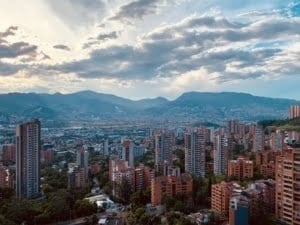
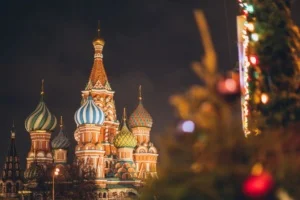
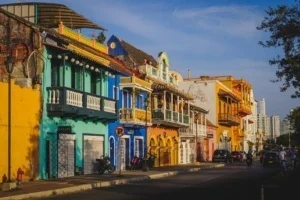

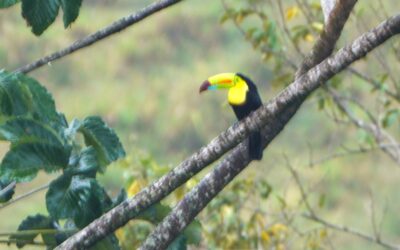

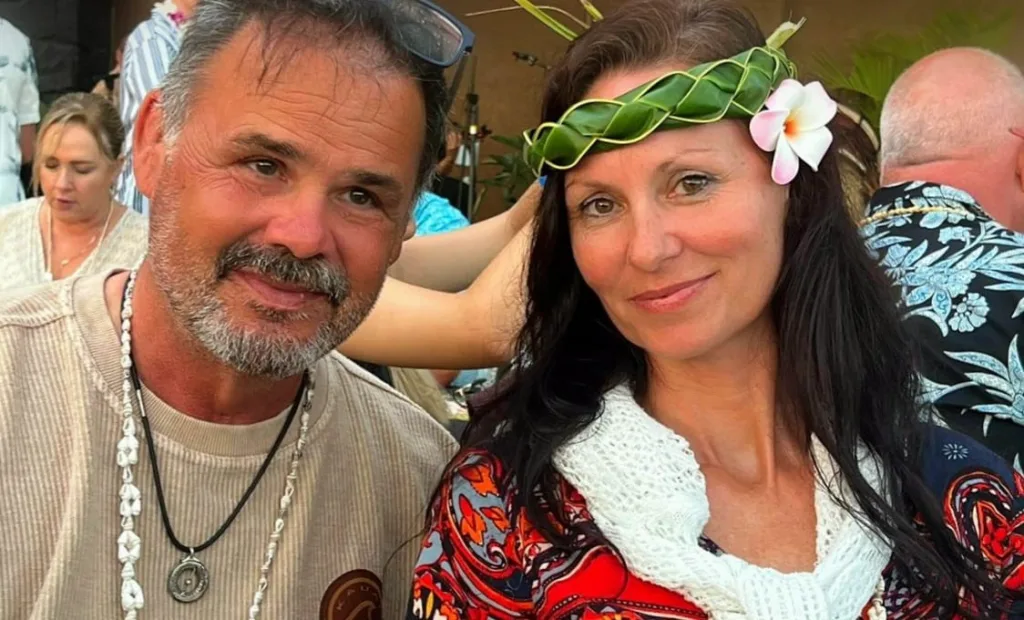


Wow Interesting article. Very educative. This is my first time reading about Ciudad Perdida the LOST CITY. Thanks for this information. Never regretted passing through your blog. Have been enlighten with great history and interesting story about Columbia.
Cheer!!